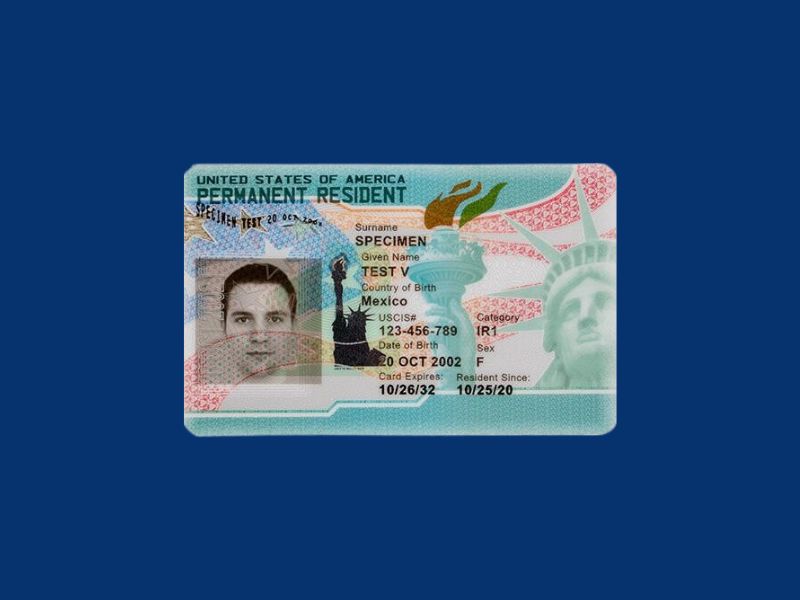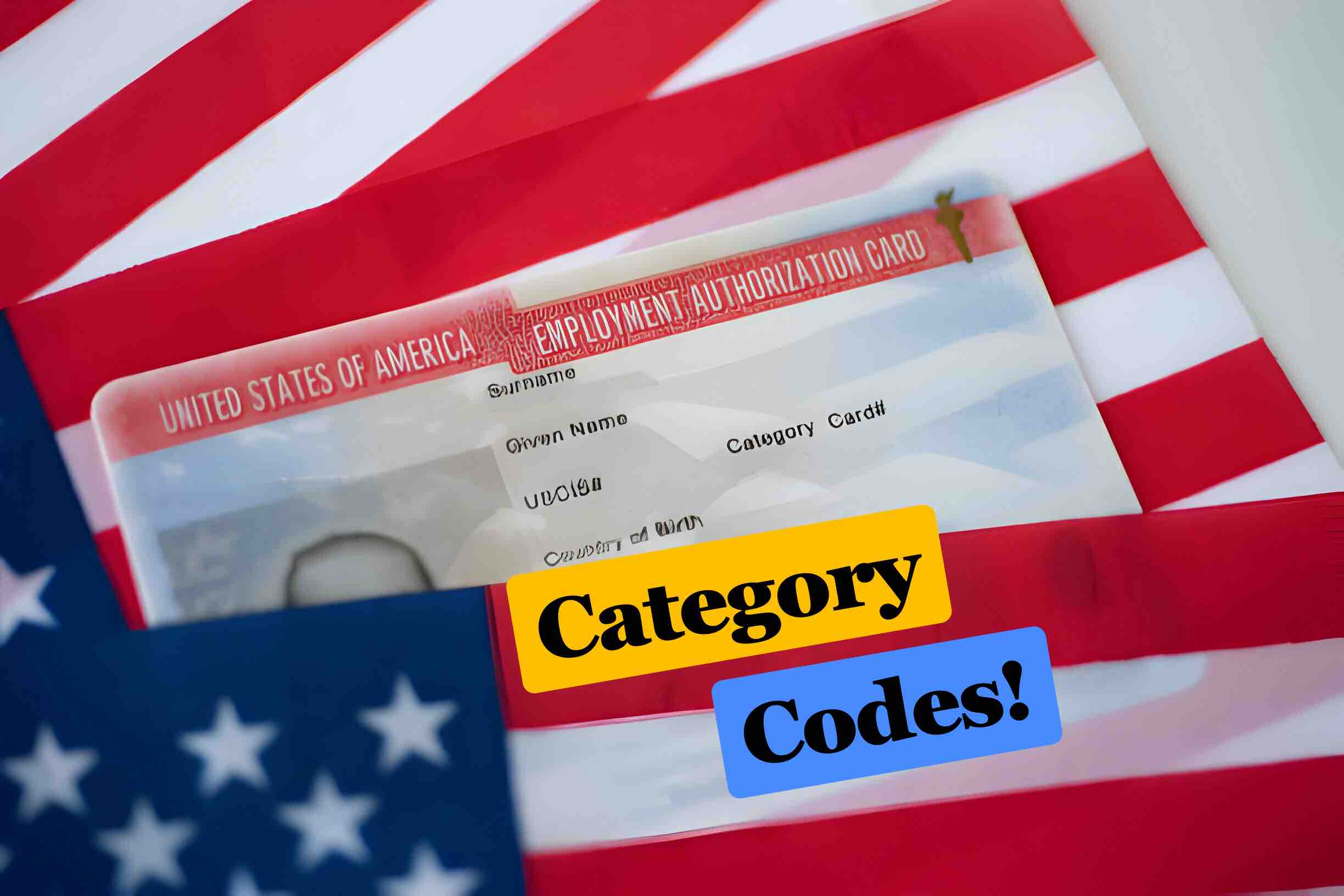
The United States Citizenship and Immigration Services (USCIS) issues a Request for Evidence (RFE) when additional information or documentation is needed to make a decision on an immigration application. When an applicant submits a petition or application, USCIS reviews the provided materials. If the adjudicating officer determines that certain information is missing, unclear, or insufficient to make a decision, they will issue an RFE.
The RFE will specify the additional evidence or information required and provide a deadline for the applicant to respond. It is essential for the applicant to address the requests in a thorough and timely manner to avoid delays or potential denials of their immigration application.
Typically, the RFE will outline the specific issues or concerns, and the applicant must submit the requested documentation or clarification to support their case. This process is a standard part of the immigration application review, and responding appropriately to an RFE is crucial for a successful application outcome.
Table of Content
- Most Common RFE for Adjustment of Status
- Responding to a USCIS Request for Evidence (RFE)
- How to avoid RFE
- What is A Notice of Intent to Deny (NOID)?
Most Common RFE for Adjustment of Status
The Request for Evidence (RFE) issued by the USCIS can vary depending on the type of immigration application or petition. However, some common themes or reasons for RFE
Incomplete Documentation
- If the initial submission lacks necessary documents or contains incomplete information, USCIS may issue an RFE requesting the missing items.
Insufficient Supporting Evidence
- USCIS may ask for additional evidence to support the claims made in the application. This can include proof of relationships, employment history, financial support, etc.
Credential Evaluation
- For educational or professional credentials obtained outside the United States, USCIS might request an evaluation from a recognized credential evaluation service to determine the equivalence of foreign degrees or qualifications.
Proof of Eligibility
- Applicants may be asked to provide additional proof of eligibility, particularly when it comes to demonstrating qualifications for specific visa categories.
Proof of Relationship
- In family-based immigration cases, USCIS may seek additional evidence to establish the bona fide nature of relationships, such as marriage certificates, birth certificates, or other relevant documents.
Employment-Based Cases
- In cases where the applicant is sponsored for employment, USCIS might issue an RFE seeking more information about the job offer, the employer, or the beneficiary’s qualifications.
Affidavits and Letters of Support
- USCIS may request additional affidavits or letters of support to corroborate information provided in the application.
Medical Examination
- If an applicant is required to undergo a medical examination as part of the immigration process, USCIS may issue an RFE if the medical report is missing or incomplete.
It’s important for applicants to carefully review the RFE, understand the specific requests, and provide a comprehensive and timely response. Seeking guidance from an immigration attorney can be beneficial in addressing RFEs effectively. Keep in mind that the nature of RFEs can vary based on the specific immigration category and individual circumstances.
Responding to a USCIS Request for Evidence (RFE)
Review the RFE
- Carefully read the entire RFE notice to understand the specific issues or information that USCIS is requesting. Make note of the documents or evidence needed.
Create a Checklist
- Organize the requested documents and information into a checklist. Ensure that you gather all necessary items before preparing your response.
Understand the Deadline
- Take note of the deadline mentioned in the RFE notice. It’s crucial to submit your response before the specified date to avoid delays or potential denials.
Prepare a Cover Letter
- Write a cover letter that clearly addresses each point raised in the RFE. Use the cover letter to provide explanations, clarifications, and additional information requested.
Compile Supporting Documents
- Gather all the necessary documents and evidence requested in the RFE. Make sure the documents are legible, organized, and clearly labeled. Include photocopies rather than original documents.
Address Each Point
- Respond to each specific point raised in the RFE thoroughly and directly. Clearly explain and provide evidence to support your case. If certain information is not applicable, provide a concise explanation.
Professional Language
- Use professional and respectful language in your response. Clearly communicate your case without unnecessary elaboration.
Consult an Immigration Attorney
- If you find the RFE confusing or if you’re unsure about how to address certain issues, consider seeking the guidance of an immigration attorney. They can provide valuable insights and ensure that your response meets USCIS requirements.
Send Via Certified Mail
- When submitting your response, send it using a traceable and reliable method, such as certified mail with return receipt requested. This helps you track the delivery and provides proof that USCIS received your response.
Keep a Copy
- Make copies of your entire response, including the cover letter and all supporting documents, for your records. This is important for your reference and in case there are any future inquiries.
Remember, the key is to be thorough, accurate, and timely in your response. If you have any doubts or concerns, consulting with an immigration attorney can significantly improve the quality of your response and increase the chances of a favorable outcome.
How to avoid RFE
While it’s not possible to guarantee that an application will never receive a Request for Evidence (RFE) from the United States Citizenship and Immigration Services (USCIS), there are steps you can take to minimize the likelihood of receiving one. Here are some tips to help avoid RFEs:
Thoroughly Understand Requirements
- Before submitting your application, carefully review the USCIS guidelines and requirements for the specific immigration benefit you are seeking. Ensure that you meet all eligibility criteria and provide all necessary documentation.
Complete and Accurate Forms
- Fill out all application forms accurately and completely. Double-check your answers and ensure that there are no errors or omissions.
Organize Supporting Documents
- Submit well-organized and legible supporting documents. Clearly label each document and arrange them in a logical order. Providing a table of contents can make it easier for USCIS officers to navigate through your submission.
Follow USCIS Instructions
- Adhere to the USCIS instructions provided for each form and application. Failure to follow instructions may result in an RFE.
Provide Translations
- If any of your supporting documents are not in English, provide accurate and certified translations. USCIS requires translations for documents in languages other than English.
Use Updated Forms
- Make sure you are using the most recent versions of USCIS forms. Outdated forms may result in processing delays or an RFE.
Check for Updates and Policy Changes
- Stay informed about any changes in immigration laws, policies, or procedures. USCIS may issue updates or changes in requirements that could affect your application.
Seek Legal Advice
- If you have any concerns about the application process or if your case is particularly complex, consider consulting with an immigration attorney. They can provide guidance on preparing a strong and complete application.
Include a Cover Letter
- Submit a well-written cover letter that provides a clear overview of your case. This can help USCIS officers understand the purpose of your application and navigate through the supporting documents.
Maintain Consistency
- Ensure consistency in the information provided across different forms and supporting documents. Inconsistencies may raise questions and lead to an RFE.
While these tips can help reduce the likelihood of an RFE, it’s important to note that some cases may still receive requests for additional evidence.
What is A Notice of Intent to Deny (NOID)?
A Notice of Intent to Deny (NOID) is a communication from the United States Citizenship and Immigration Services (USCIS) indicating the agency’s intention to deny an immigration application or petition. It is issued when the USCIS officer reviewing the application believes that there is insufficient evidence or legal basis to approve the application as submitted.
The NOID typically outlines the specific reasons for the potential denial and provides the applicant with an opportunity to address those concerns. It may request additional evidence, clarification, or legal arguments to support the application. The notice will specify a deadline by which the applicant must respond.
Key points about the Notice of Intent to Deny (NOID):
Reasons for Intent to Deny
- The NOID will clearly state the reasons why the USCIS is considering a denial. This could be due to issues such as lack of evidence, eligibility concerns, or failure to meet specific legal requirements.
Response Required
- The applicant must respond to the NOID within the specified timeframe. Failure to respond or inadequate responses may result in the denial of the application.
Provide Adequate Documentation
- When responding to a NOID, it is crucial to address each concern raised by the USCIS and provide additional documentation or clarification to overcome the stated grounds for potential denial.
Legal Assistance
- If the issues raised in the NOID are complex or if you are uncertain about how to address them, seeking the advice of an immigration attorney can be beneficial. An attorney can help formulate a strong response and navigate the legal aspects of the process.
It’s important for applicants to take NOIDs seriously and respond comprehensively within the given timeframe. If the issues raised in the NOID are adequately addressed, the USCIS may reconsider and approve the application. However, if no response is submitted or if the response is insufficient, the application is likely to be denied.


